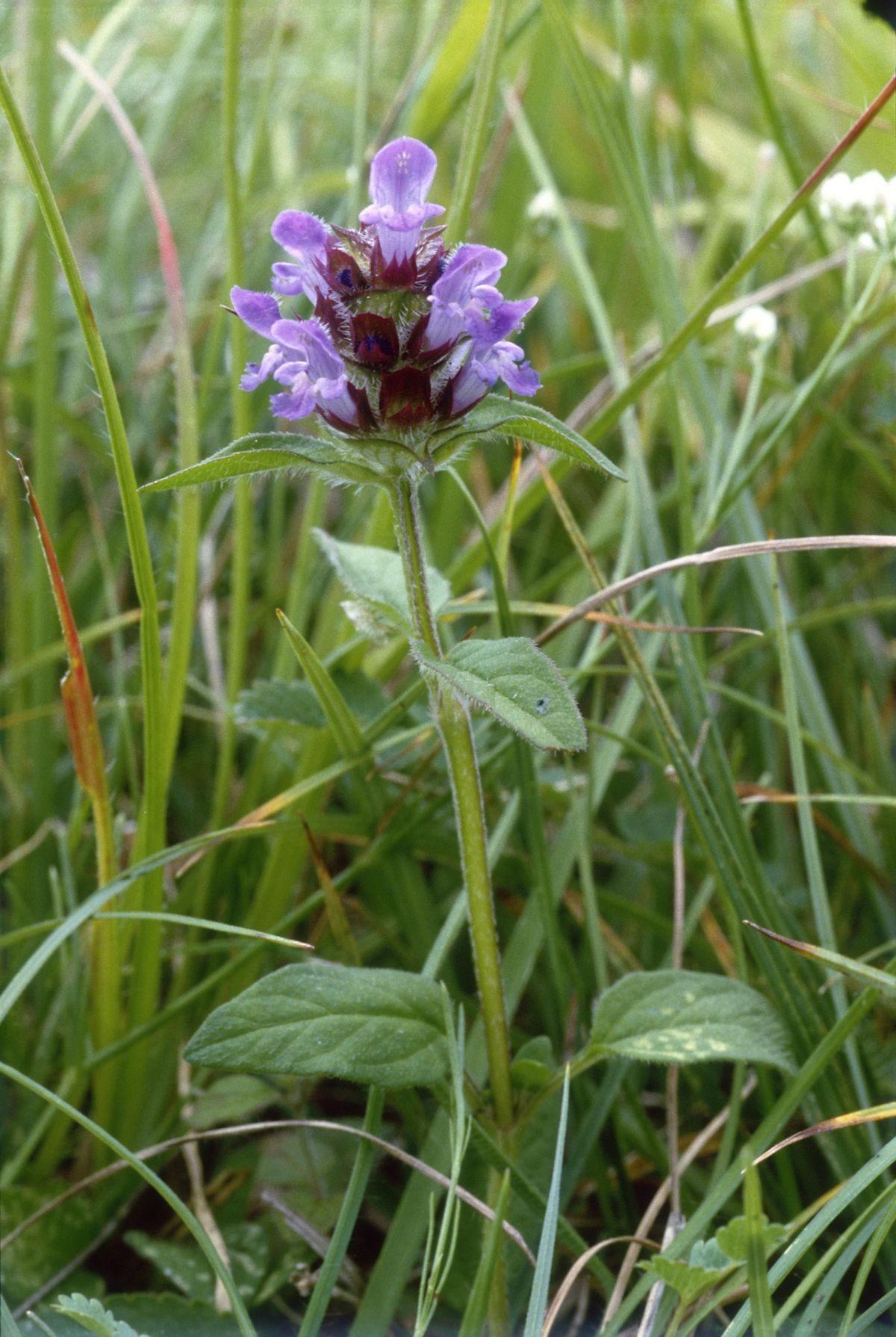
Contents
Prunella Vulgaris: A Medicinal Wildflower
Prunella vulgaris is a wildflower plant with medicinal properties. It is used to treat herpes, high cholesterol, and diabetes.
Prunella vulgaris has been revered for its healing properties since ancient times. Learn all about this plant, its uses, and health benefits.
Commonly known as self-heal or selfheal, Prunella vulgaris is a wildflower with many medicinal properties. It is classified as a perennial plant due to its lifespan of over 2 years.
Prunella vulgaris gets its name from its healing properties, particularly its use in treating peritonsillar abscesses (quinsy). Vulgaris means common, indicating its wide availability as an infection remedy.
This plant is native to Europe, America, and Asia. Native Americans used it topically to heal wounds, boils, and sores. All parts of the plant are edible, with the leaves commonly used in salads, soups, and stews.
Prunella vulgaris leaves have a bitter taste due to tannins. To mitigate this, wash them well before use. The leaves can also be chopped, powdered, or dried to make tea or a healthy drink with cold water.
Prunella vulgaris plants are short, growing up to 1 foot in height. They have gray-green ovate leaves and bright purple flowers that attract insects, birds, and bees. The flowers bloom between May and October, dispersing seeds from August to September.
Prunella vulgaris seeds are brown and have a smooth, shiny surface. They require moist soil and light shade to thrive and can be found in grasslands, fields, and lawns.
Health Benefits of Prunella vulgaris
Prunella vulgaris contains beneficial compounds like tannins, flavonoids, and oleanolic and rosmarinic acids, which have medicinal properties.
Here are some of the potential health benefits of Prunella vulgaris:
Anti-inflammatory effects: Prunella vulgaris can decrease the production of inflammatory proteins and protect against heart disease, stroke, and inflammatory diseases like colitis.
Anti-cancer properties: Compounds in Prunella vulgaris can kill cancer cells, inhibit tumor growth, and prevent the spread of liver cancer. They may also improve outcomes for breast cancer patients.
Regulation of blood sugar and cholesterol levels: Prunella vulgaris can decrease blood sugar levels, manage diabetes symptoms, and improve heart function by reducing triglycerides and bad cholesterol levels.
Treatment of herpes: Prunella vulgaris can stop the growth and spread of herpes simplex virus, stimulate the immune system, and heal sores and lesions caused by herpes.
How to Use Prunella vulgaris
Prunella vulgaris is available as dried pills, liquid extracts, and topical ointments. It can be found in health supplements at natural remedy stores. However, dosage and side effects information is limited, so consult a healthcare provider before use.
Conclusion
Prunella vulgaris, or selfheal, has a long history of medicinal use. It may have beneficial effects on herpes, diabetes, cancer, inflammation, and infections. However, more research is needed to confirm these findings and determine appropriate dosages.
Sources:
– American Journal of Chinese Medicine
– Antiviral Research
– Asian Pacific Journal of Cancer Prevention
– Biological Research
– Biomedicine & Pharmacotherapy
– BMB Reports
– Evidence-Based Complementary and Alternative Medicine
– Food and Chemical Toxicology
– Frontiers in Pharmacology
– Harvard Medical School
– Indian Journal of Endocrinology and Metabolism
– Journal of Ethnopharmacology
– Molecules
– Pharmacologia
– Phytotherapy Research
– Planta Medica
– Washington College
– World Journal of Gastrointestinal Pharmacology and Therapeutics


